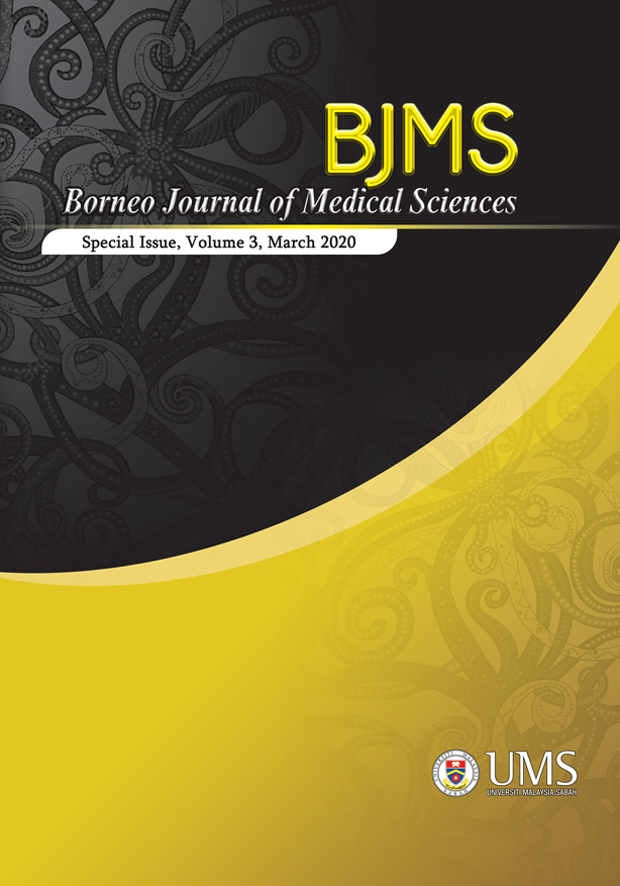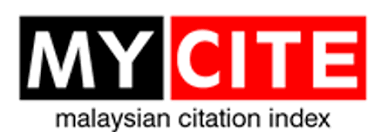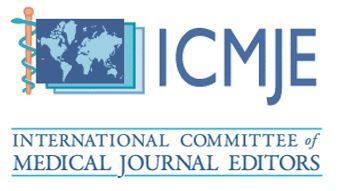Implementation of Ambulance Hotspot Strategy in Reducing Ambulance Response Time
DOI:
https://doi.org/10.51200/bjms.vi1.2315Keywords:
ambulance response time, ambulance hotspot strategy, emergency medical serviceAbstract
Introduction: Ambulance response time (ART) has an inseparable relationship with mortality rates and therefore is important to be reduced. However, an unprecedented increase in road traffic congestion has led to longer ART, especially during peak hours. To reduce ART despite congested traffic, a pre-dispatched ambulance is deployed at hotspot locations during peak hours. This study aims to determine if the hotspot strategy is able to reduce ART in an Urban Emergency Medical Services system.
Downloads
Additional Files
Published
How to Cite
Issue
Section
License
The copyright of the article belongs to the authors, who retain ownership of their work published in the journal. Their work is distributed under the CC BY-NC 4.0 license








1.png)




